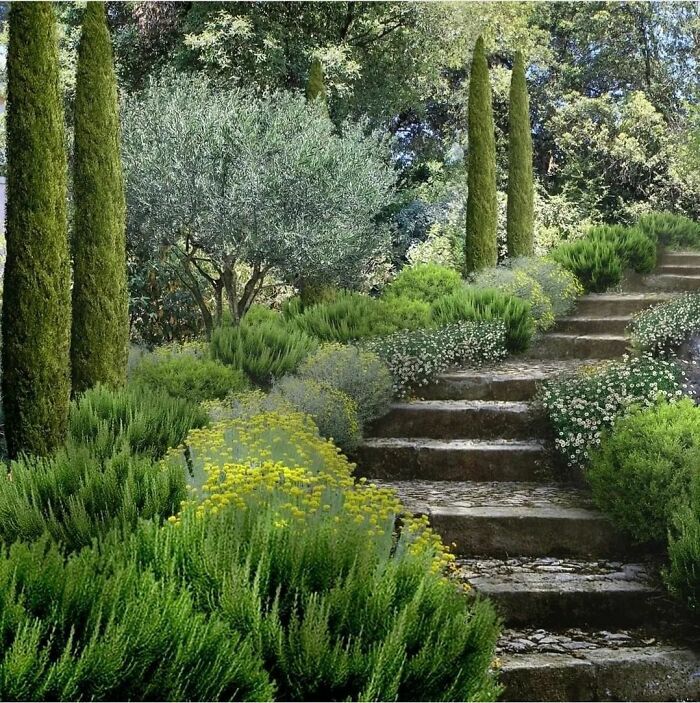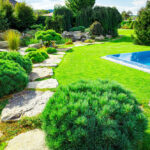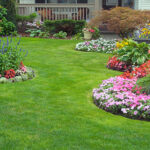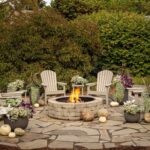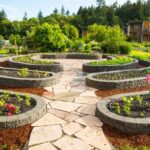Landscaping design is an essential aspect of any outdoor space. It involves planning and arranging elements such as plants, trees, flowers, and hardscape features to create a visually appealing and functional outdoor environment. A well-designed landscape can enhance the beauty of a property, increase its value, and provide a relaxing and inviting outdoor space for homeowners and visitors.
When it comes to landscaping design, there are several key principles to keep in mind. One of the most important considerations is the overall layout and organization of the outdoor space. Designers must consider factors such as the size and shape of the property, the existing topography, and any existing structures or features that need to be incorporated into the design. By carefully planning the layout of the landscape, designers can create a cohesive and balanced outdoor environment that flows seamlessly from one area to the next.
Another important aspect of landscaping design is the selection and placement of plants and trees. Choosing the right plants for the climate and soil conditions of the property is crucial to the success of the landscape. Designers must also consider factors such as color, texture, and scale when selecting plants to ensure a harmonious and visually pleasing design. Additionally, the placement of trees and shrubs can help provide privacy, shade, and define different areas of the landscape.
Incorporating hardscape features such as patios, walkways, and retaining walls can also enhance the functionality and beauty of a landscape design. Hardscape elements can provide structure and definition to the outdoor space, as well as create outdoor living areas for dining, entertaining, and relaxing. By carefully choosing materials and finishes that complement the overall design aesthetic, designers can create a cohesive and unified outdoor environment that seamlessly blends with the surrounding landscape.
Water features such as ponds, fountains, and waterfalls can add a sense of tranquility and serenity to a landscape design. Water features not only provide visual interest and a focal point in the outdoor space but also create soothing sounds and a sense of calm. By incorporating water features into the landscape design, homeowners can create a peaceful and relaxing retreat in their own backyard.
Overall, landscaping design plays a crucial role in creating a beautiful and functional outdoor environment. By following key principles such as layout, plant selection, hardscape features, and water elements, designers can create a landscape that enhances the beauty and value of a property while providing a welcoming and enjoyable outdoor space for homeowners and visitors.
